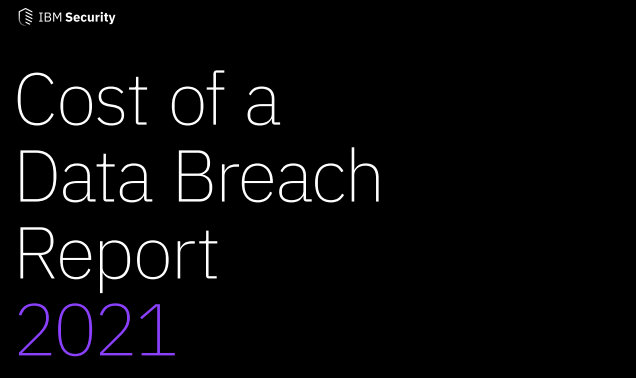Trellix Threat Report, Summer 2022
July 18, 2022: Trellix, a cybersecurity company, announced that they have released their Threat Report Summer 2022.
Analysis includes healthcare, access control systems, email phishing trends, and details the evolution of Russian cybercrime related to the conflict in Ukraine where new malware or methods have yet to be observed. Key findings interpret data showing increased threats to business services, ransomware evolution, and telling signs in email security trends.
The report is free. You can view and download the report here.
The Threat Report: Summer 2022 leverages proprietary data from Trellix’s network of over one billion sensors, open-source intelligence and Trellix Threat Labs investigations into prevalent threats like ransomware and nation-state activity. Telemetry related to detection of threats is used for the purposes of this report. A detection is when a file, URL, IP-address, suspicious email, network behavior or other indicator is detected and reported via the Trellix XDR ecosystem.
